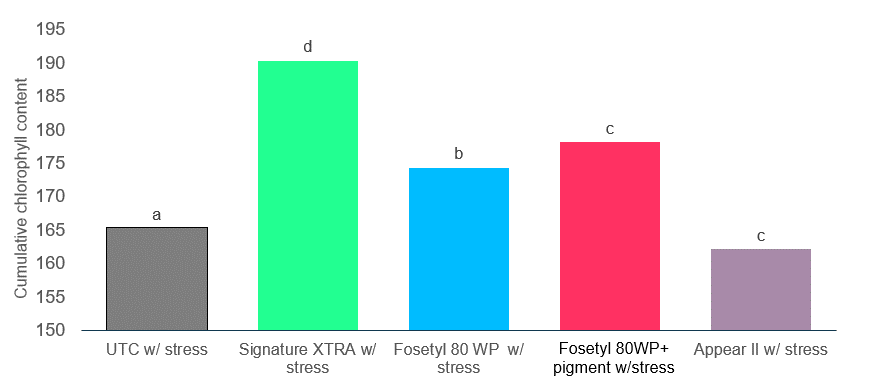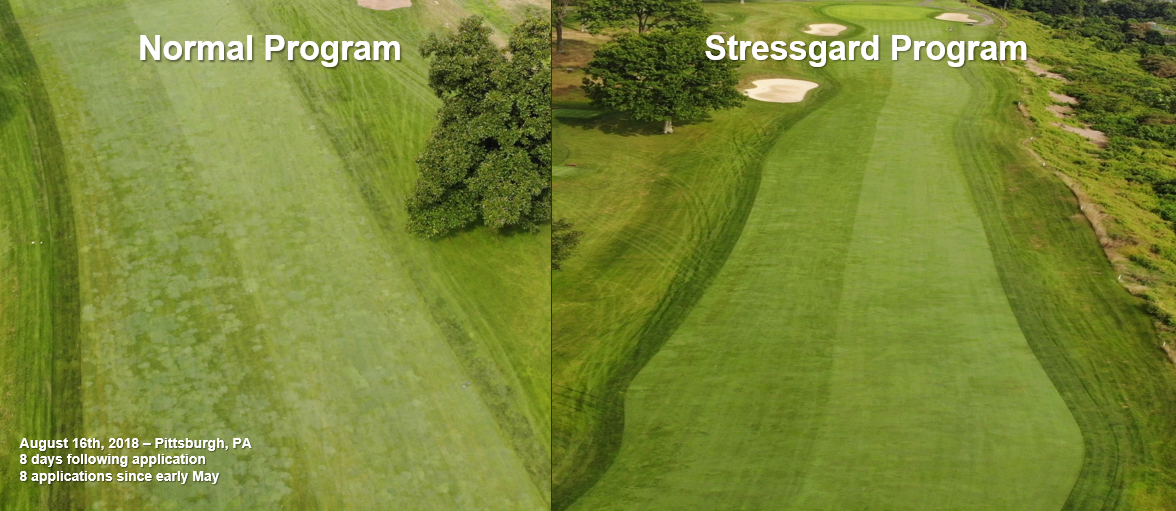Understanding Phosphonates Part 1: Not all are created equal
Phosphonates are now a staple in most golf turf management programs. Here’s a quick update explaining what they are and how they work.
- What are phosphonates? A family of fungicides that use phosphonic acid as the basic building block. It is too strong of an acid to be used directly on plants so it must be combined with other chemicals to raise the pH of the solution
- What are phosphites? Phosphonic acid is neutralized with an alkali salt like potassium hydroxide. The resulting solution contains mono- and di-potassium salts of phosphorus acid and is commonly referred to as potassium phosphite. Examples include Stressgard®, Appear® II, and any number of products from other manufacturers, which usually are not registered as fungicides with a few exceptions
- How is fosetyl-Al different? Phosphonic acid is reacted with ethanol and then aluminum ions are added, resulting in fosetyl-Al. Examples include Chipco® Signature™ and Signature™ XTRA Stressgard
- How do potassium phosphites and fosetyl-al work? Potassium phosphites and fosetyl-Al are thought to work by direct microbial inhibition and through systemic acquired resistance (SAR), which stimulates antimicrobial compounds in the plant that limits spread after initial infection. SAR requires energy input from the plant and thus repeated applications could increase energy demand on the plant
- Stressgard increases photosynthesis – By combining Stressgard with a potassium phosphite (Fiata Stressgard) or with fosetyl-Al (Chipco Signature and Signature XTRA Stressgard), chlorophyll is protected and photosynthesis is increased, increasing energy production to meet the need of SAR and other plant processes. The Stressgard fungicides are the only phosphonates shown to increase photosynthesis in this manner
- Other benefits of Stressgard – Recent research shows photosynthesis increases due to maintenance of chlorophyll levels and membrane stability during stress periods. This fundamental increase in photosynthesis is responsible for better turf density, improved rooting, better stress tolerance, and improved color over the long-term. Stressgard is responsible for improved short-term color, similar to many other pigments, but the unique long-term chlorophyll enhancements set Stressgard apart from other products
- How do potassium phosphites and fosetyl-al fit into a management program? These products are effective at reducing infection primarily by Pythium. The phosphite Fiata Stressgard is excellent on fairways during lower pressure Pythium weather, whereas Chipco Signature and Signature XTRA Stressgard are more effective on greens as abiotic stresses and Pythium weather get more intense. Banol® should be used when conditions are favorable for severe Pythium pressure
- Need more info? – Read and follow all label information. Contact your Envu Area Sales Manager if you need assistance
Figure 1. Cumulative chlorophyll content of creeping bentgrass among treatments before, during and after 42 days of heat stress. Note significantly higher chlorophyll content in Signature™ Xtra Stressgard® treatment. B. Huang, Rutgers. 2020.
Figure 2. Turf performance effects on a PA fairway treated with a Stressgard fungicide program (right) vs a non-Stressgard program (left) with similar fungicides modes of action, rates, and intervals (Envu).


